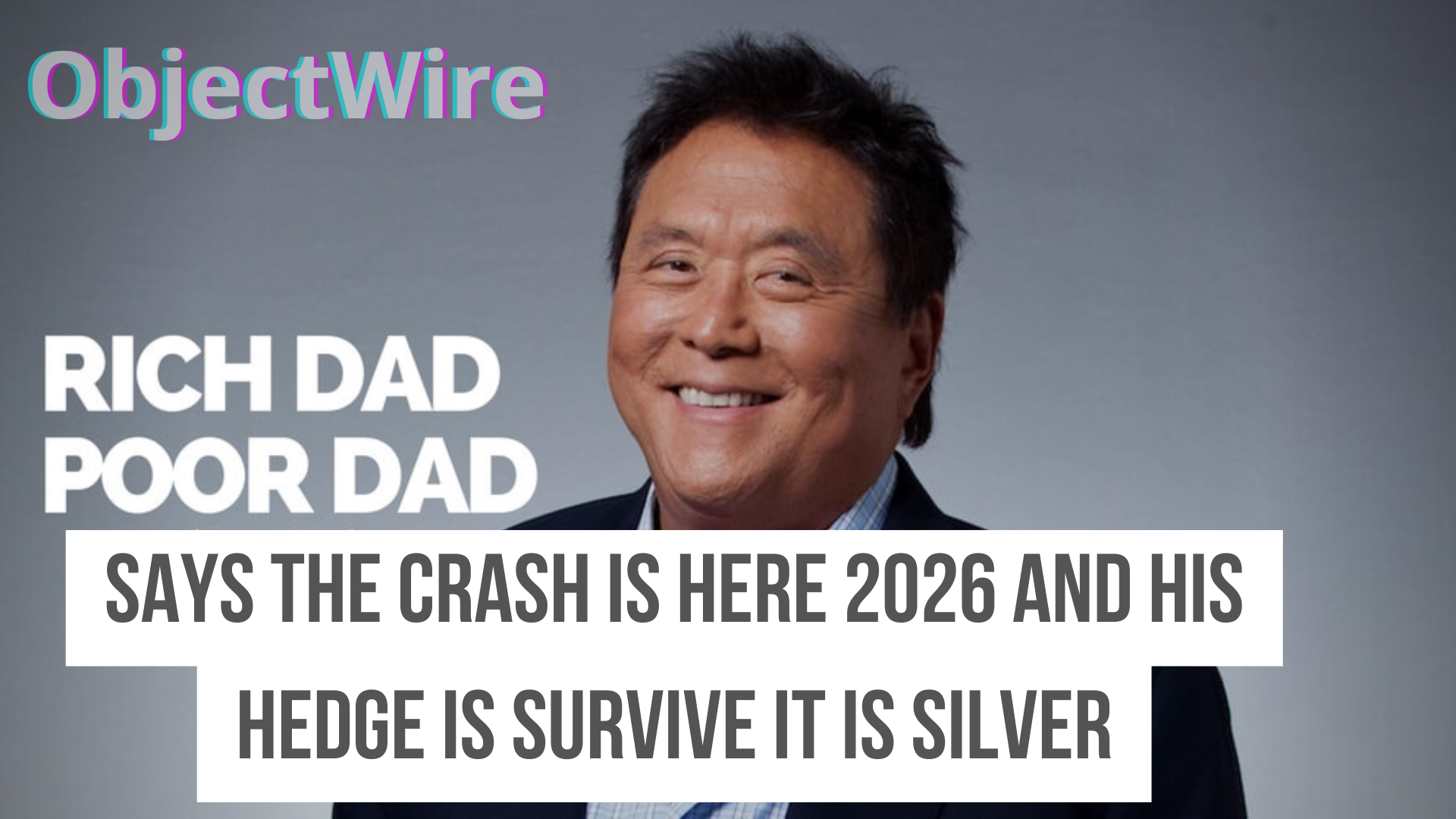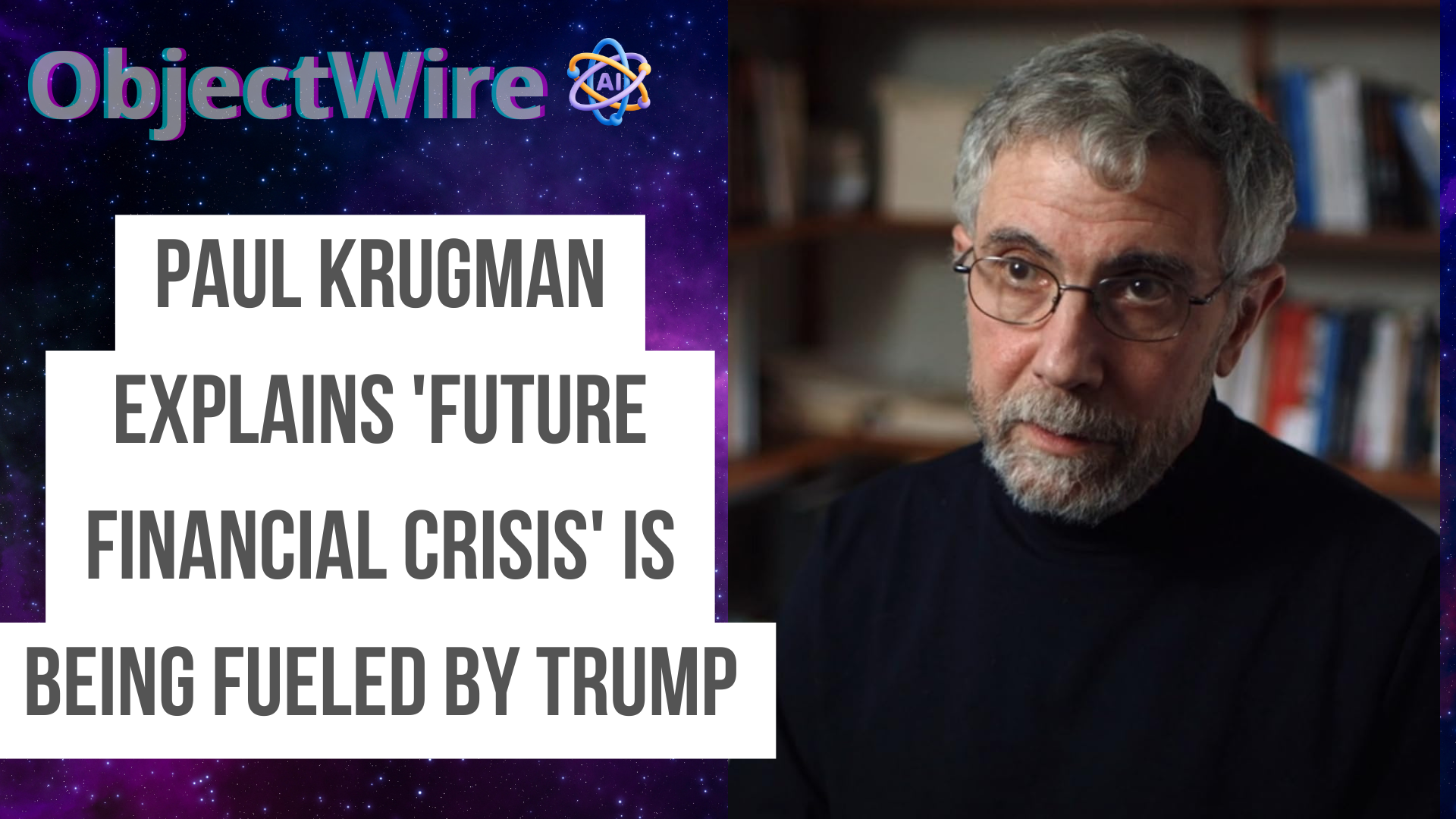Trump Says Global Debt Will Be Paid Off With Bitcoin

Is Mass Adoption Here ?
No. As of writing this only 7% of the world has this asset class.
The mass adoption of cryptocurrencies, including Bitcoin, faces several significant barriers that must be overcome before they can become a mainstream component of the global financial system. One of the primary challenges is regulatory uncertainty. While some countries have embraced digital assets with favorable regulations, many others have imposed strict measures, fearing the loss of control over their national monetary policies and concerns about illicit activities.
- Barriers to Mass Adoption:
- Regulatory Uncertainty: Varied global regulations from supportive to restrictive impact cryptocurrency's growth and legitimacy.
- Price Volatility: Significant price fluctuations make Bitcoin less reliable for daily transactions or as a store of value.
- Security Issues: High-profile hacks and fraud cases continue to erode trust in digital currencies.
- Lack of Public Understanding: There's a broad need for education to demystify cryptocurrencies and promote their use.
- Adoption Rate: Currently, only 7% of the world's population owns cryptocurrencies, highlighting a large gap to mass adoption.
The Role Of Crypto Currencies in Central Banks And A Federal Bitcoin Reserve
A Federal Bitcoin Reserve would represent a monumental shift in how monetary authorities operate. By potentially integrating Bitcoin into their reserves, central banks might address some of the challenges posed by global debt, such as inflation and currency devaluation. Bitcoin's fixed supply limit offers an inherent resistance to inflation, contrasting with fiat currencies that can be printed in response to economic pressures.
By diversifying reserves with Bitcoin, central banks could potentially hedge against economic instability and currency fluctuations.
The global debt crisis has been a pressing concern for economies worldwide, with sovereign debt levels skyrocketing to unprecedented levels. The issue at hand is not merely the size of the debt, but its implications for global economic stability and growth.
High levels of debt can constrain a government's ability to invest in essential services and infrastructures, leading to slower economic growth and potential austerity measures.
UNDERSTANDING THE CURRENT GLOBAL DEBT CRISIS?
The Rise Of Bitcoin As A Potential Solution
The rise of Bitcoin as a potential solution to global debt issues is rooted in its decentralized nature and limited supply, which contrasts sharply with traditional fiat currencies. Unlike national currencies, Bitcoin is not subject to the whims of central banks, whose quantitative easing measures often lead to inflation and devaluation. Bitcoin's algorithmically capped supply of 21 million coins introduces a sense of scarcity, akin to precious metals like gold, but coupled with the benefits of digital accessibility and transferability.
This makes it attractive to those looking to hedge against inflation and economic instability.
Bitcoin As a Universal Debt Solution
While the notion of Bitcoin as a universal debt solution is speculative, its trustless system and transparency offer a new financial paradigm. Recently, Trump has provided hitns that $BTC will become a global currency that circumvents geopolitical tensions, allowing nations and individuals to engage in transactions without reliance on politically influenced financial intermediaries.
As nations explore crypto and blockchain technology, the concept of a "federal bitcoin reserve" could emerge, promoting stability through digital assets like
Hedera, etc.
As nations fight Crypto Currency, they will Devolve. Evolution is happens now. - Max
🚨President Trump doubles down on his commitment to crypto after news of him buying $HBAR and $XRP pic.twitter.com/S0sKKwyuuK
— Shawn (@oroogle) December 22, 2024
53 Page policy briefing on a potential U.S. Strategic Bitcoin Reserve just dropped: https://t.co/BXjhTJ9F7z pic.twitter.com/SJFMoGyHD5
— Dylan LeClair 🟠 (@DylanLeClair_) November 4, 2024





"How a Country's Debt Crisis Can Affect Economies Around the World." investopedia.com, 06. Sept. 2023, https://www.investopedia.com/ask/answers/051215/how-can-countrys-debt-crisis-affect-economies-around-world.asp. Accessed 18. Nov 2024.
"TRENDS Research & Advisory - The Global Debt Crisis: Challenges of Reality and Alternatives for the Future." trendsresearch.org, 18. Nov. 2024, https://trendsresearch.org/insight/the-global-debt-crisis-challenges-of-reality-and-alternatives-for-the-future/?srsltid=AfmBOoqWgrY_4Xi-EREvl3WEhymxWKQezdpW0xQGnMyYaFpBKs0wz_CT. Accessed 18. Nov 2024.
"The global debt overhang." bruegel.org, 26. Oct. 2015, https://www.bruegel.org/blog-post/global-debt-overhang. Accessed 18. Nov 2024.
